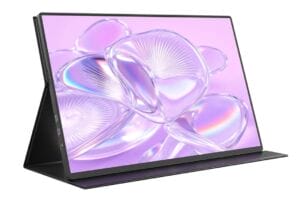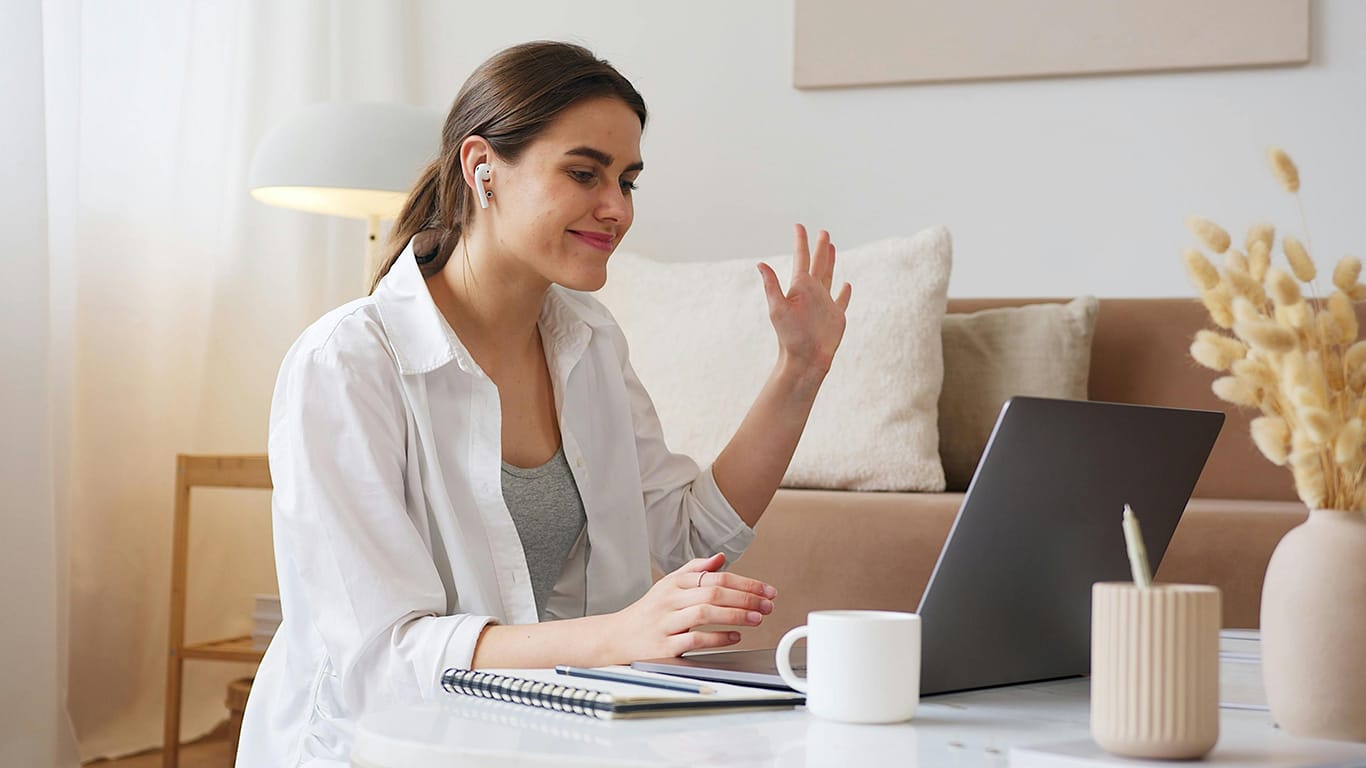Hybrid learning, Google Classroom, Zoom, LMS dashboard educators today juggle more software than many office professionals. Yet most still run everything on one cramped laptop screen. The result? Constant window-switching, less eye contact with students, and more stress.
That’s where a sunlight readable computer monitor steps in, changing the game for educators by offering flexibility, clarity, and efficiency. Portable monitors are one of the most rapidly expanding tools in education. Slim and travel-friendly, these displays expand your digital workspace anywhere you go. Whether you’re a primary school teacher, and educators can transform how you plan, teach, and grade.

What Makes a Portable Monitor So Valuable for Educators
Research on multi-monitor setups especially in office and coding environments shows that extra screen space can deliver significant productivity boosts. One study by Jon Peddie Research reported gains of up to 42% when users moved from a single monitor to multiple displays. The same effect translates to classrooms: fewer interruptions, less switching between windows, and a clearer separation between what you’re showing students and what you’re managing privately behind the scenes.
Even a 24-inch portable monitor can now weigh under 3 kg and fit in a slim carry case delivering a desktop-class experience anywhere. For bright classrooms or outdoor workshops, a sunlight readable
Moreover, in bright rooms or outdoor learning environments, regular displays often wash out completely under glare. That’s why sunlight-readable computer monitors those with very high brightness (often 800–1,000+ nits) and anti-glare or optical bonding techniques are becoming essential in educational contexts.
LOCAL NEWS: 10 things you may not know are manufactured in Arizona
INDUSTRY INSIGHTS: Want more news like this? Get our free newsletter here
What to Look for When Choosing One
Connectivity & Power
USB-C with DisplayPort Alt Mode (one cable for video + power) is ideal. But HDMI or mini-HDMI support adds flexibility. Some monitors have built-in batteries; others rely on your host device.
Touch & Pen / Annotation Features
If you want to draw, mark up, or annotate live, pick a monitor that supports capacitive touch and ideally includes a pen (active stylus support). Make sure its response is smooth and accurate.
Stand, Case & Ergonomics
A good stand or foldable cover that doubles as a stand is critical. You don’t want to prop a screen awkwardly or struggle with positioning mid-lesson. Choose durability, stability, and ease of use.
Portable Lab Display
In science or art labs where experiments are taking place on tables, you can place a UPerfect monitor right next to them. Steps, measurements, and reference images stay directly beside the experiment for easy access
Brightness, Contrast & Color
If you’ll teach in bright rooms or outdoors, aim for sunlight-readable models with at least 800+ nits and anti-glare/optical bonding features.
Core Uses of Portable Monitors in Education
Let’s look at how teachers & educators can put portable monitors to work in daily practice:
Dual-screen class delivery
You can run your slide deck on your laptop while keeping student Q&A, chat, attendance or polls open on the UPerfect monitor. This lets you respond in real time without interrupting your presentation view.
Lesson planning & resource referencing
When designing lessons, teachers often flip between curriculum docs, reference images, videos, or research articles. A portable monitor allows you to keep those open side-by-side with your editing or presentation software, giving you a more efficient “dual workspace” setup instead of constantly toggling windows.
Workshops / peer review / group sessions
The UPerfect monitor can be rotated or shared among students in small groups. Whether it’s peer review or a live demonstration, the flexible setup makes collaboration easier.
Mobility / multi-room teaching
If you move between different classrooms or campuses, a UPerfect monitor gives you a consistent display every time. You’re no longer dependent on whatever screen happens to be available in the room.
Outdoor / brightness-challenging environments
Lecture halls with big windows, labs with bright overhead lights, or outdoor workshops make readability a challenge. A sunlight-readable portable monitor solves this displays stay crisp even under strong lighting. You don’t have to battle glare or dim your visuals for the environment.
Real Benefits You’ll Notice Right Away
Portable monitors bring advantages that teachers and trainers feel almost immediately. With a second screen handling your slides while the main device manages chat, grading, or diagnostics, you’re no longer wasting precious seconds shuffling windows. The result is smoother lessons and more attention to your students.
Larger or higher-resolution displays also make a difference physically: text and images stay crisp, you’re not squinting at tiny panels, and you can position everything at a comfortable angle to avoid the hunched-over posture that long sessions often create. If your monitor supports touch or a stylus, you can annotate in real time highlighting, circling, or sketching ideas as you talk so learners see not just the finished slide but your thinking process as it unfolds, which makes the material more memorable.
And in bright classrooms, labs or even outdoor workshops, sunlight-readable models with high brightness and anti-glare coatings keep your content clear and legible so you can teach anywhere with confidence.
Conclusion
For teachers and educators, time and focus are precious. A quality portable monitor gives you both by expanding your workspace, improving your workflow, and opening up new ways to engage students.
Whether you opt for a lightweight 15-inch, a specialty portable monitor, or a 24 inch portable monitor that replicates a full desktop experience, these tools are no longer luxuries they’re teaching companions.




